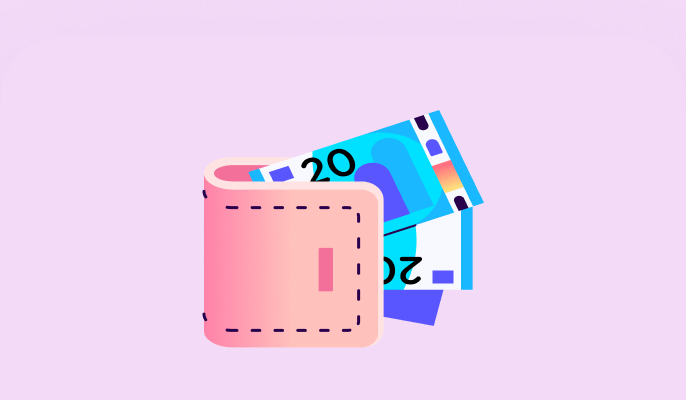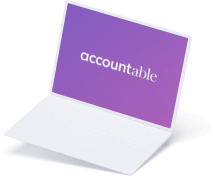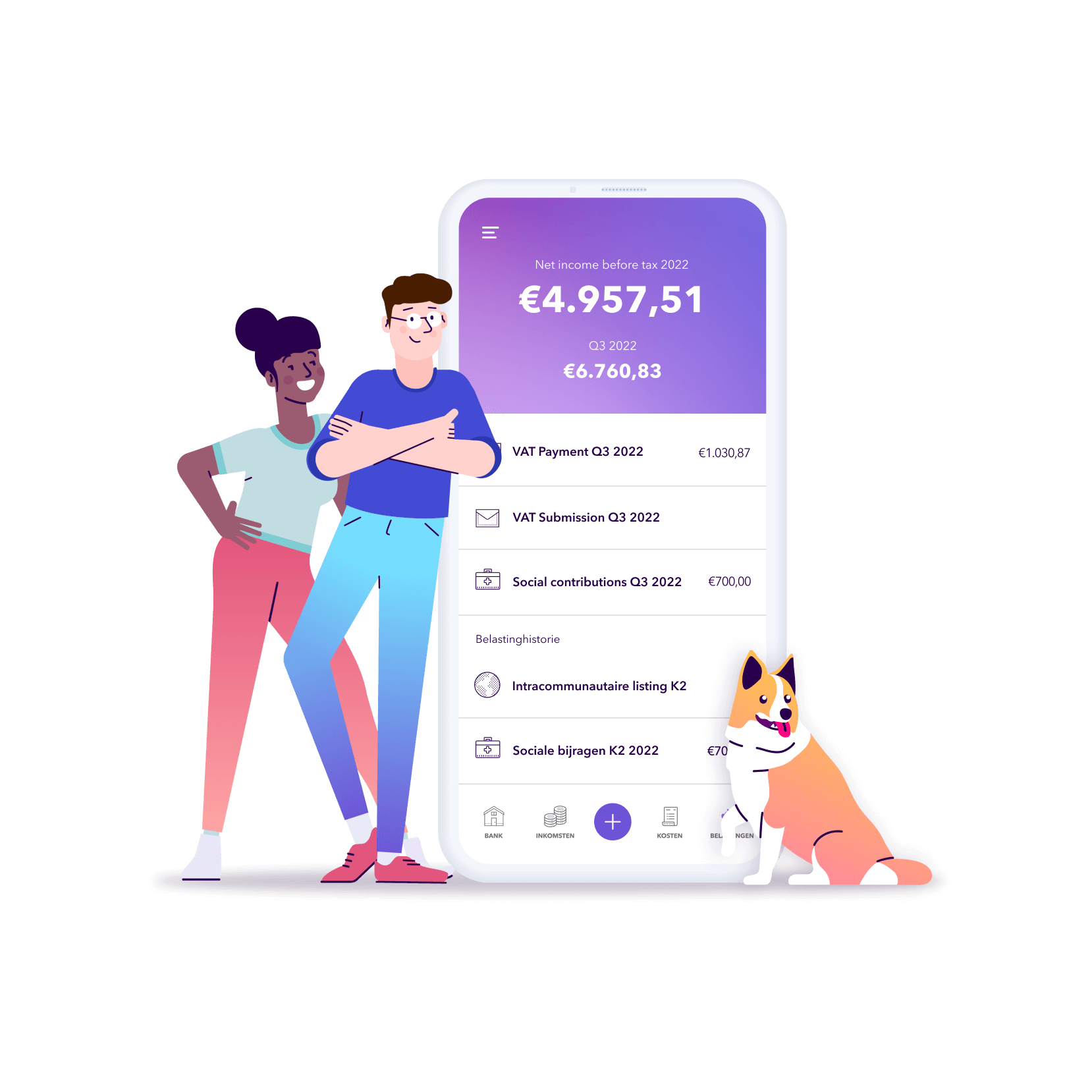
Dividends: how to distribute profits when you’re self-employed in a company in Belgium
Read in 4 minutes
Is it possible to optimise your salary by paying yourself dividends when you’re self-employed in a company (in Belgium)? In principle, you pay 30% withholding tax on dividends. Given that you already pay corporate income tax and that dividends are not tax-deductible, a dividend is actually quite expensive.
However, it can still be advantageous to pay yourself a dividend. And there are several regimes that allow you to pay less withholding tax. Let’s see what types of dividends you can pay so you can enjoy some extra personal income several times a year. 👇
What is a dividend?
A dividend is pure profit that a company distributes to its shareholders. Companies choose to pay dividends because they’re generally taxed at a lower rate than other distributions, such as salary.
What kind of dividends can you give yourself?
Ordinary dividends
This one doesn’t need a lot of explanation. An ordinary dividend is an annual profit distribution decided by the annual general meeting. This kind of dividend can only be paid once a year after the approval of the annual accounts. And that’s why there are also two other types of dividends.
Intermediary dividend
If you want to pay another dividend between annual general meetings, you can do so with an intermediary dividend. The decision to pay an intermediary dividend is decided at a special general meeting, and it means you can distribute part of the profit earlier.
Interim dividend
An interim dividend is a kind of advance payment on an ordinary dividend. It’s paid before the annual accounts are approved at the annual general meeting.
You can only pay an interim dividend based on the profits of the current financial year and any past profits carried forward that have not yet been reserved.
The big difference between this and an intermediary dividend? An intermediary dividend is determined based on the profits from the closed financial year, and an interim dividend is determined based on profits already earned from the current financial year.
After how many years is it most beneficial to pay a dividend?
Nobody likes the thought of paying 30% withholding tax on a dividend. After all, it’s money you’ve earned yourself, thanks to your hard work.
Fortunately, there are two ways to pay less withholding tax:
- Under the VVPR-bis regime, you pay half the amount of withholding tax if you pay the dividend after three years.
- Under the VVPR-ter regime, it can be even cheaper, but then you can only pay the dividend after five years.
💡Accountable tip: It’s possible to pay yourself €800 in dividends tax-free. You pay the withholding tax initially, but you can recover up to €240 via your personal income tax return.
Pay less withholding tax thanks to VVPR-bis
The VVPR-bis regime is worth considering because it allows you to pay dividends at 15% withholding tax after a three-year waiting period.
To benefit from the VVPR-bis regime, you have to meet the following conditions:
- You must own a small or medium-sized company.
- The shares must be held by the original shareholder.
- The amounts subscribed when the shares were issued must be fully paid up before you pay the dividend.
In the first financial year after incorporation, you still pay the full 30%. So not very attractive. But after the second financial year, you only pay 20% withholding tax. And after the third financial year, you pay 15% withholding tax. Much better!
💡Accountable tip: Call a special general meeting during the third financial year and take the decision to pay an intermediary dividend. This lets you enjoy the lower rate a year earlier.
Pay even less withholding tax thanks to VVPR-ter
If you have a bit more patience, you can create a liquidation reserve (VVPR-ter) and pay even less withholding tax.
On these liquidation reserves, you initially pay an additional corporate income tax of 10%. This is the so-called ‘anticipatory levy’.
However, after a five-year waiting period, you can pay a dividend at only 5% withholding tax.
If you want to remove this reserve from your company before the five years are over, you pay an additional 20% withholding tax.
In practice, this means a total tax withholding tax of 27.27% or 13.64%. Just slightly cheaper than an ordinary dividend or VVPR-bis.
💡Accountable tip: If you dissolve and liquidate your company, you won’t pay any withholding tax at all on your liquidation reserve.
What are the conditions for paying a dividend to your private account?
The conditions for paying a dividend depend on your legal form.
Do you have a private limited company? You can only pay a dividend if your company’s solvency and liquidity position allow it.
- Your net assets must remain positive after the distribution and may not become negative (balance sheet test or net assets test) .
- You must be able to pay all debts due over a period of at least 12 months after the distribution according to reasonably foreseeable developments (liquidity test).
Do you have a limited liability company? You can only pay a dividend if your net assets remain positive or are not in danger of becoming negative (net assets test). The liquidity test does not apply to limited liability companies.
Frequently asked questions about paying dividends
In principle, you can pay an ordinary dividend after the approval of the annual accounts at the annual general meeting. You can make one or more additional distributions during the rest of the year via an intermediary dividend or an interim dividend.
There are no restrictions on the number of dividends you can pay, as long as you meet the conditions. In practice, most companies pay their dividends once a year or quarter.
In principle, there is no limit on how much you can pay in dividends. Of course, you should always take into account the conditions (depending on the legal form of your company).
How do you declare a dividend from your company in your tax return?
You don’t need to declare your dividend income in your tax return because you already paid withholding tax. However, you can enter the amount of withholding tax under codes 1437 and 2437 to recover up to €240.
If you can’t immediately benefit from a regime with a lower withholding tax rate, then distributing a dividend doesn’t make much sense. Fortunately, there are still some other ways to pay more attractive salaries from your company.
Any questions? Don’t hesitate to contact Accountable’s Tax Coaches. ✨
Did you find what you were looking for?
Happy to hear!
Stay in the know! Leave your email to get notified about updates and our latest tips for freelancers like you.
We’re sorry to hear that.
Can you specify why this article wasn’t helpful for you?
Thank you for your response. 💜
We value your feedback and will use it to optimise our content.






